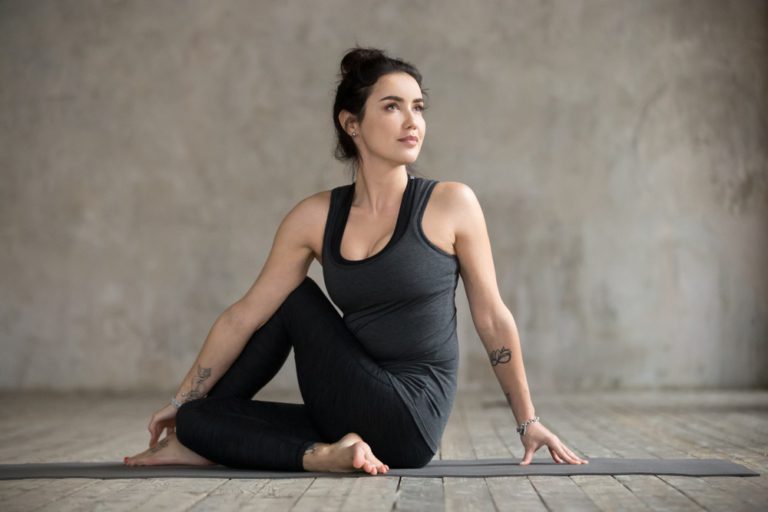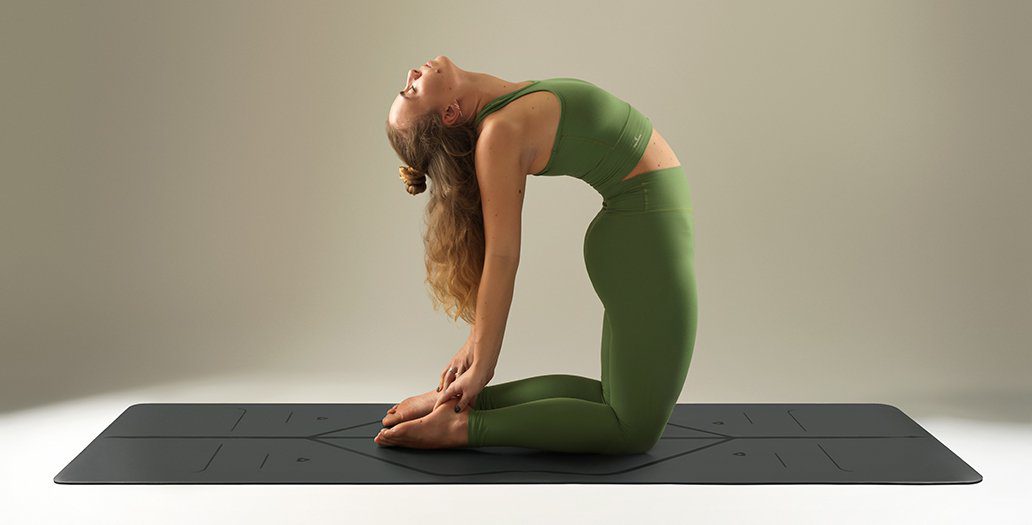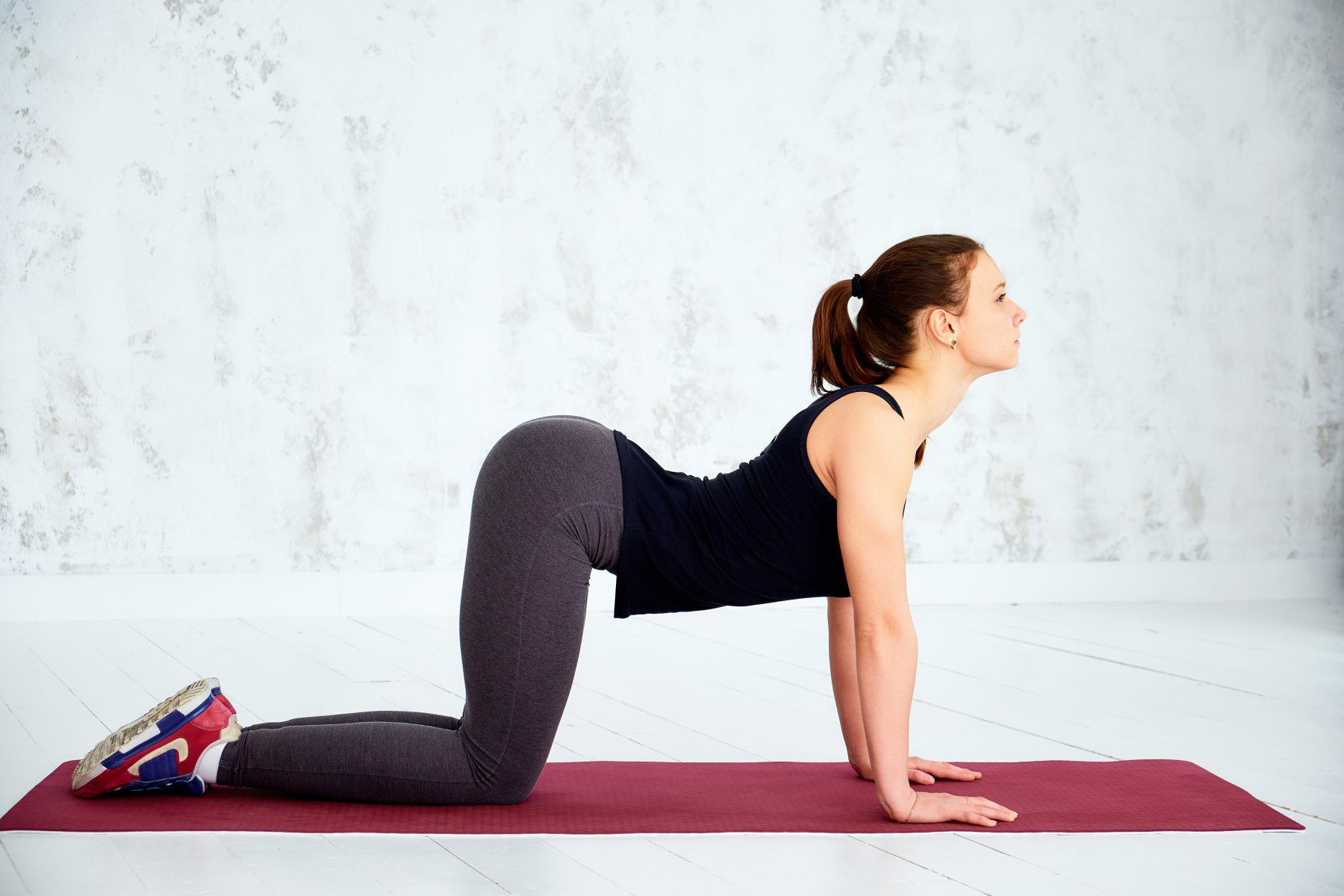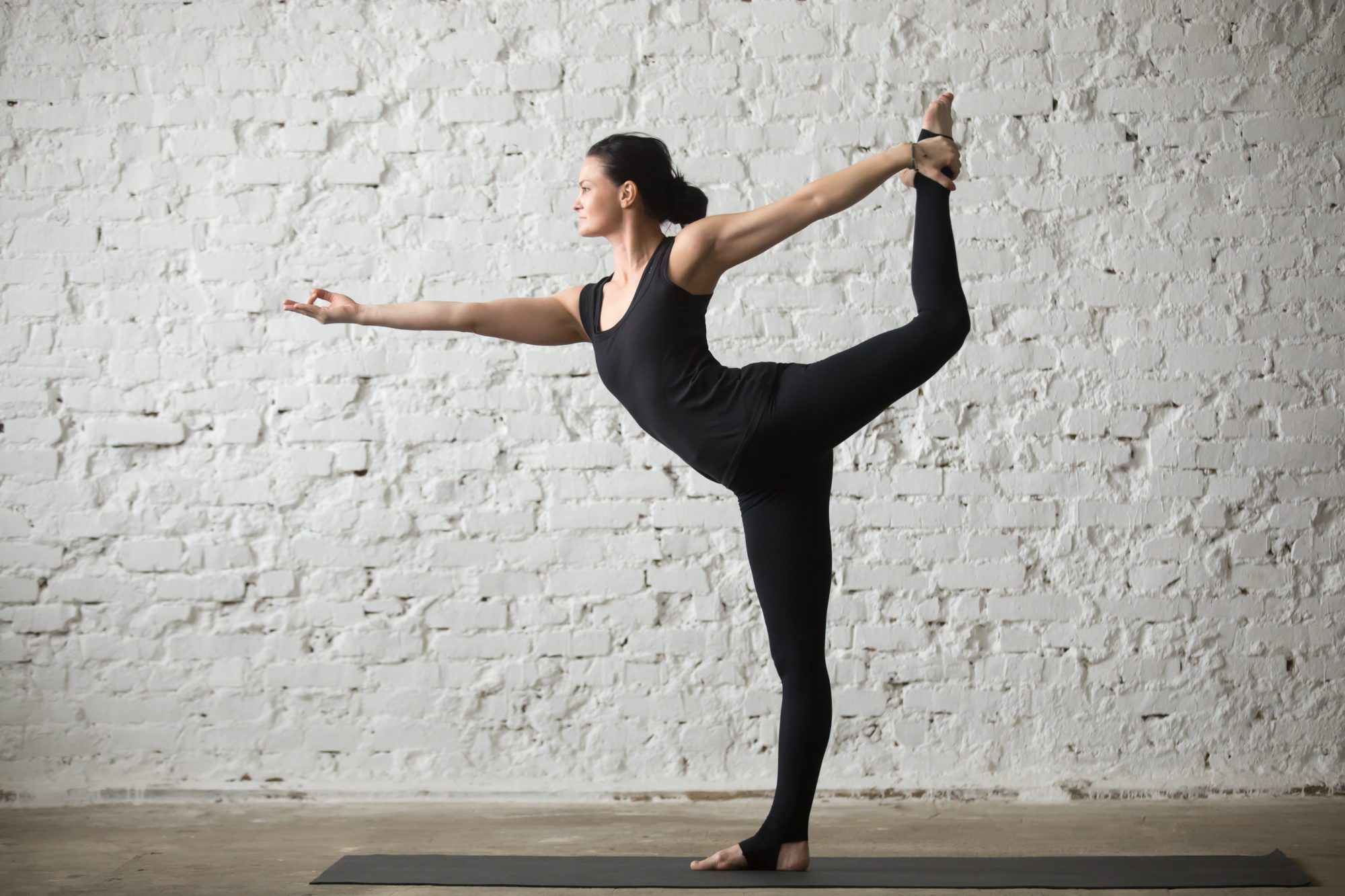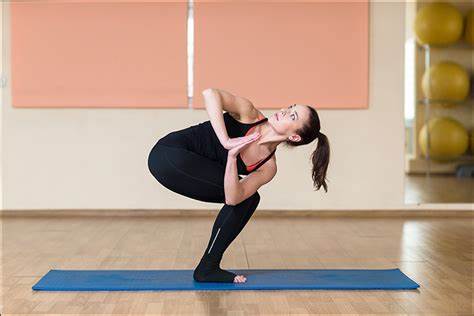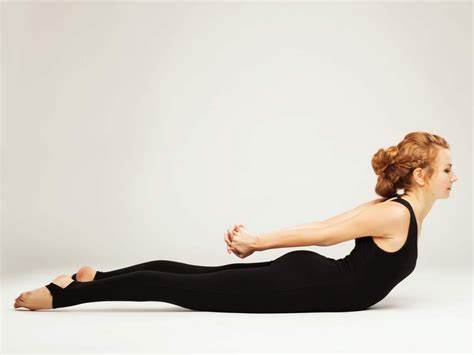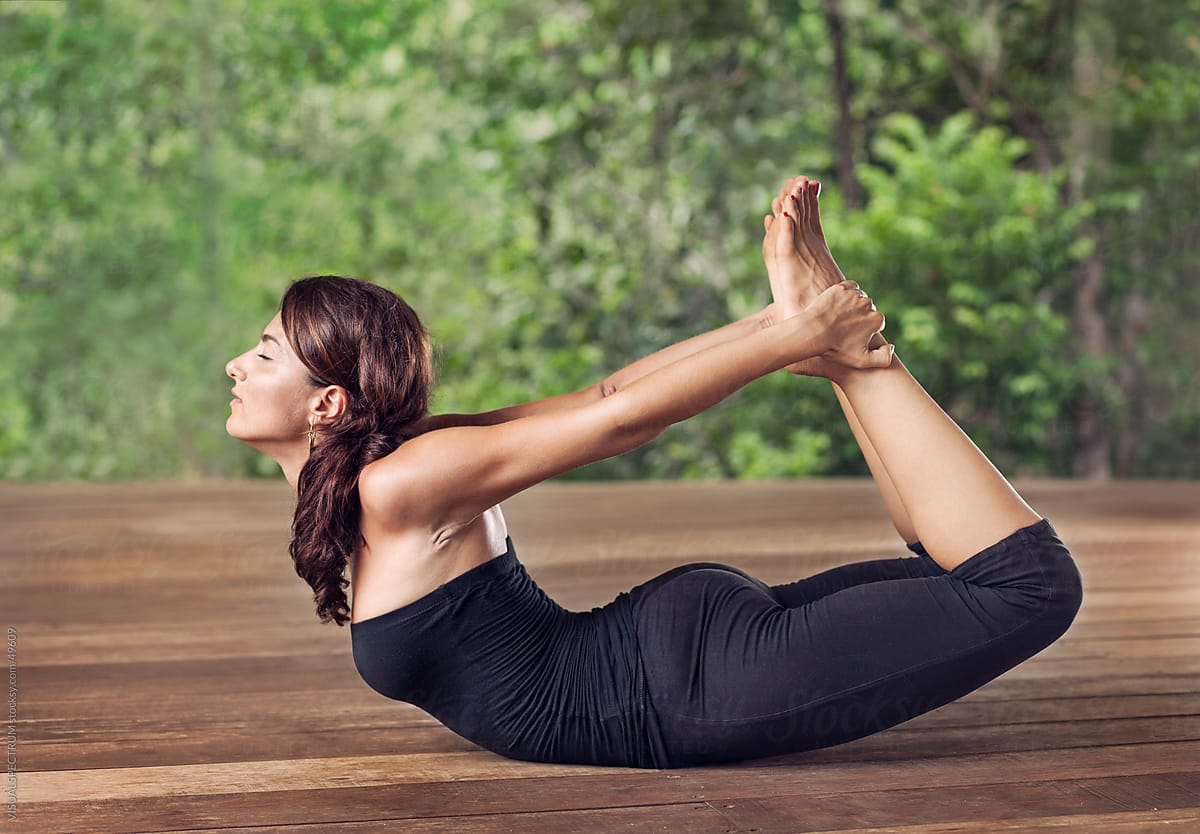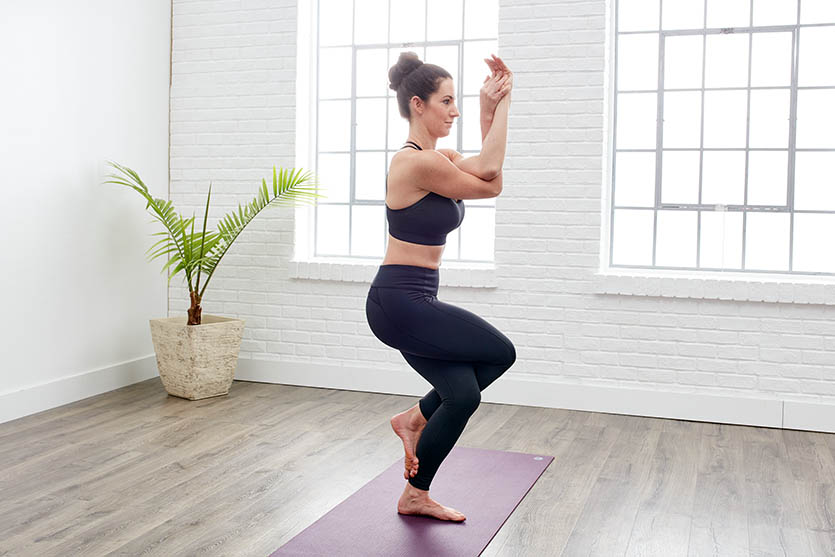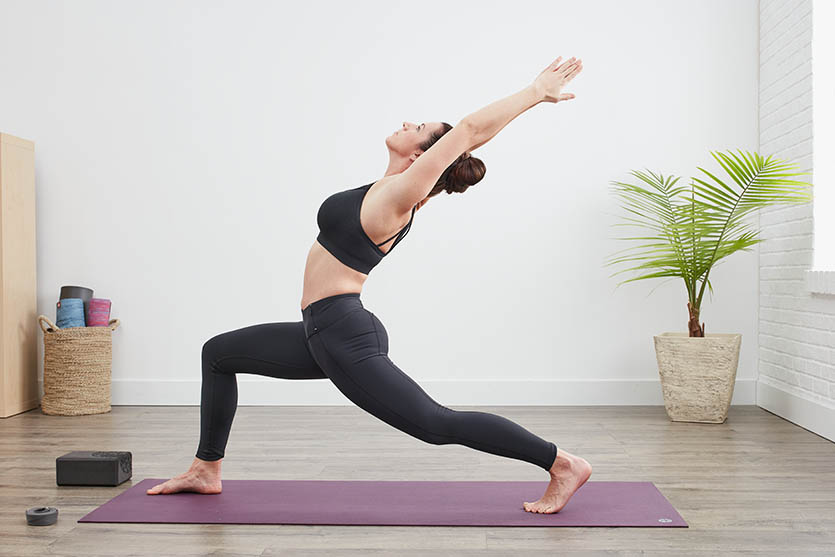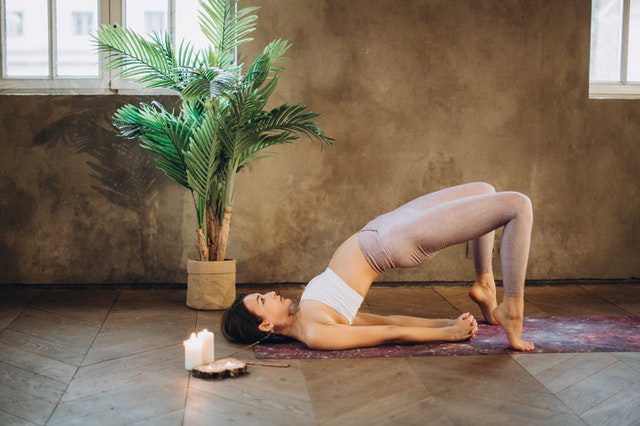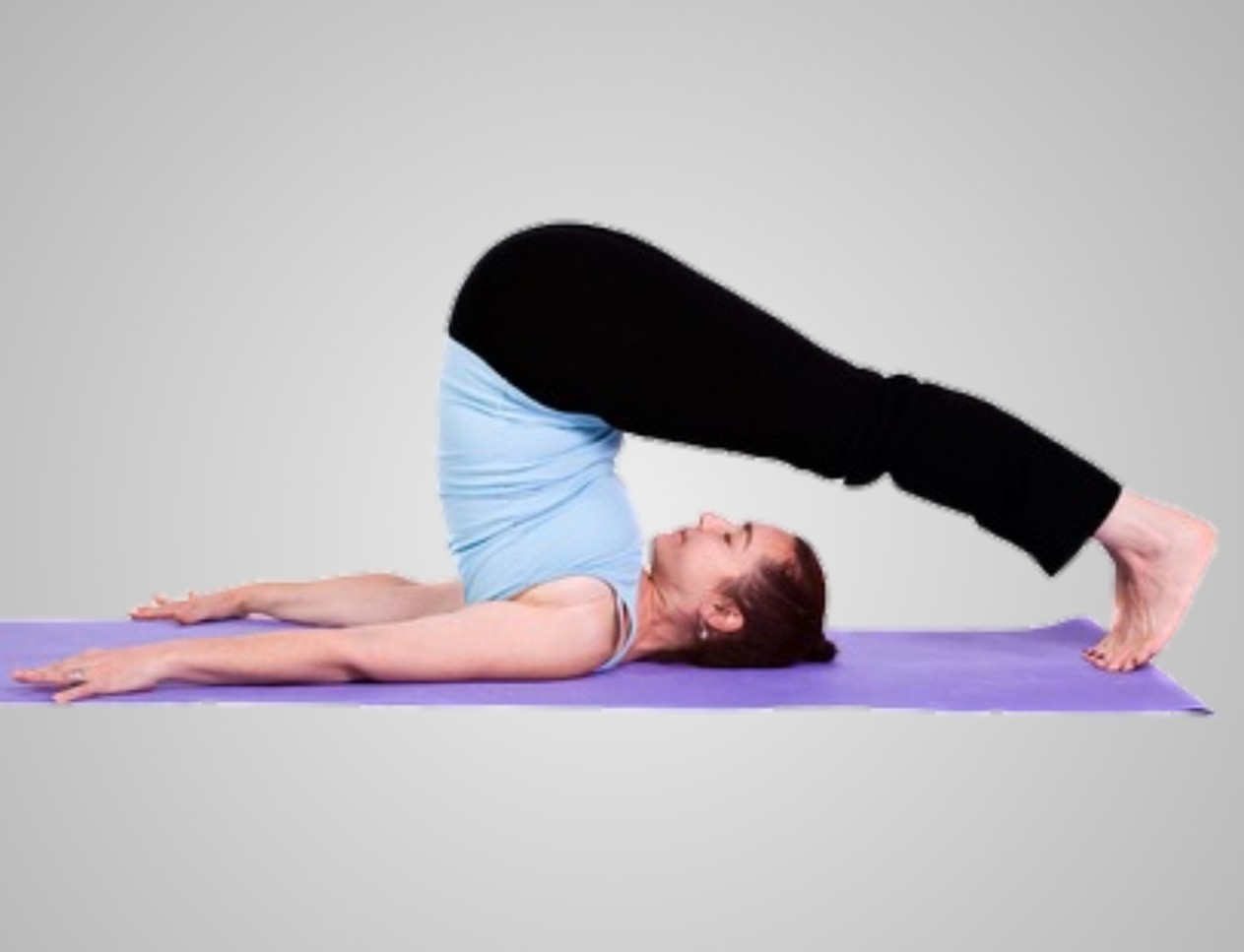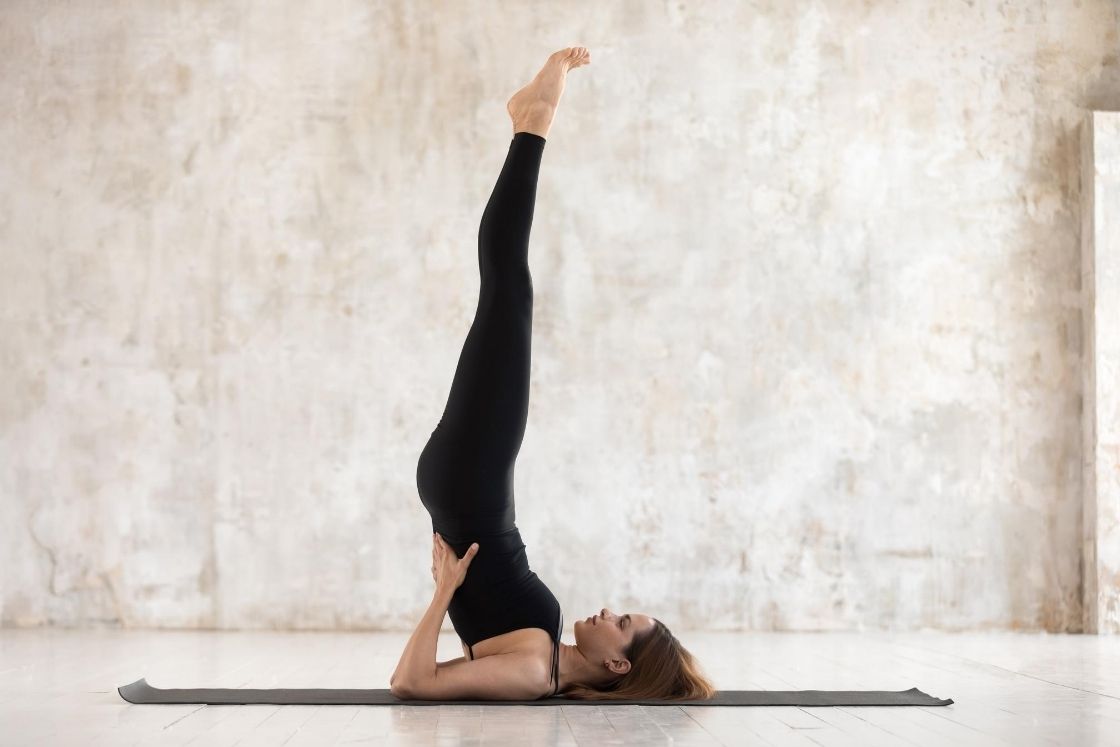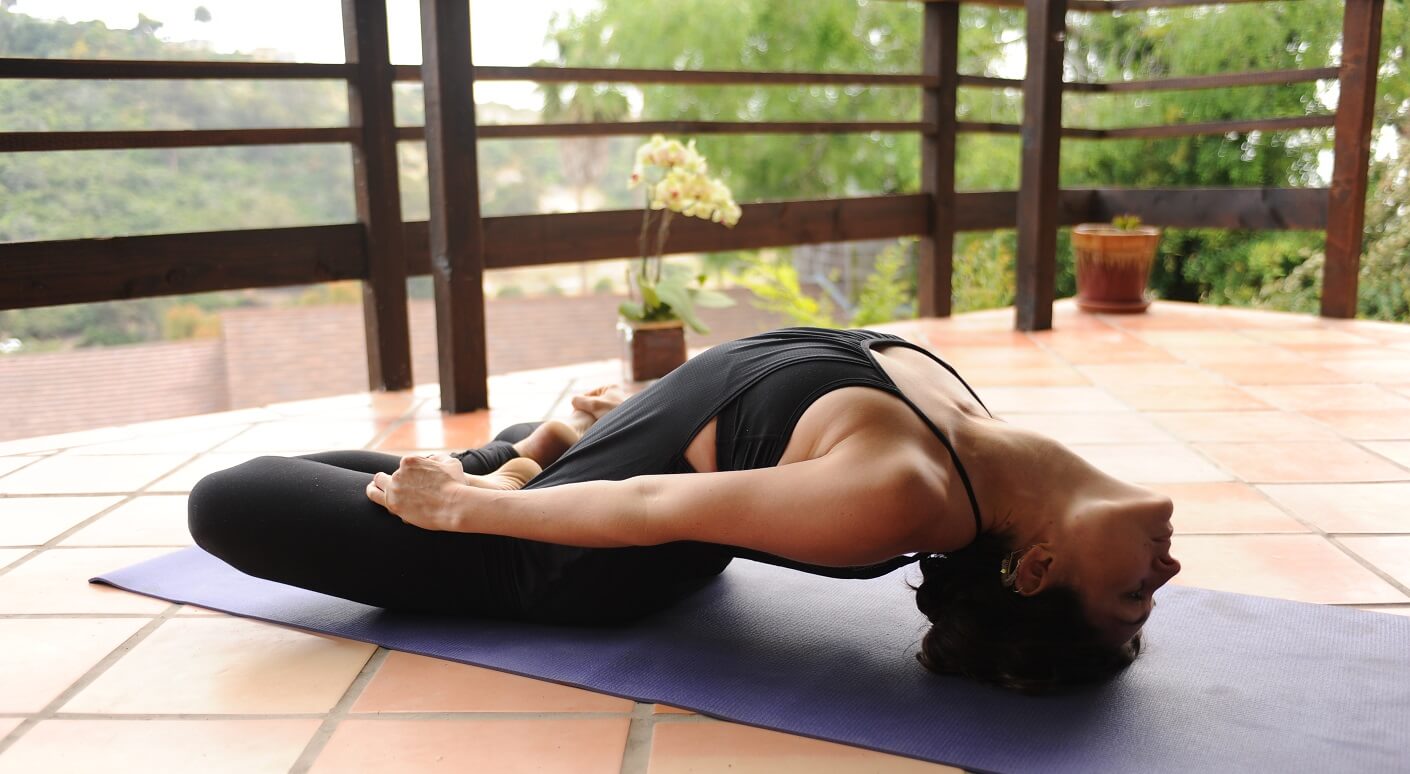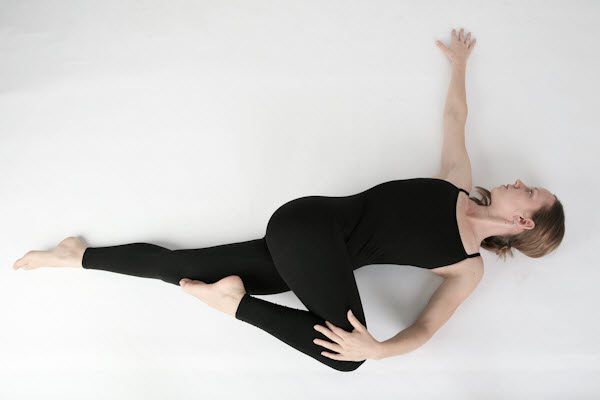Are you a health buff, just like me? Do you also love practicing yoga in the morning? This article will talk about the health benefits of doing yoga in the morning, along with the best yoga poses to practice in the morning. But before I get into that, let me tell you the health benefits of yoga first.
Yoga offers a multitude of health benefits.
- One of the health benefits of yoga is that it improves one’s flexibility.
- Another health benefit of yoga is building your core strength with also improving balance and body posture.
- And because yoga involves breathing, it can also help one relax, calms, and be less stressed.
- Yoga can enhance your mood and overall sense of well-being.
- The last health benefit of yoga is that it is good for your heart because it can lower one’s blood pressure.
Performing yoga in the morning has numerous mental health benefits also, from keeping you in a calmer state to enhancing metabolism to keep you enthusiastic to the key to mindfulness; mindful yoga can create even more benefits, including an even deeper sense of self-awareness and acceptance, as well as compassion for the self and others.
What is the definition of a yoga practice?
Yoga is a physical and mental discipline that includes breathing exercises and postures. It was developed roughly 5,000 years ago in Northern India. The Rig Veda, a written compilation of Vedic priests’ rites, mantras, and hymns, coined the term yoga.
Although it originated as a spiritual practice, some people now utilize it as a form of exercise and relaxation. Yoga can take many different forms. Here are a few of the more prevalent kinds, along with descriptions of how they differ:
Hatha. Hatha yoga is a broad term that applies to any physical activity involving postures. Other types of items are included in this category. Hatha is a good option for beginners who want to learn basic poses at a slow pace.
Jivamukti. Spiritual teachings are incorporated into Jivamukti, with a focus on fast transitions between poses (vinyasa). Chanting and meditation are possible additions.
Restorative. This method focuses on relaxing using fewer poses held for longer periods, as the name suggests.
Bikram. Hot yoga is an extreme style of yoga that comprises a series of poses performed in a heated chamber like a sauna.
Ashtanga. This style is more intense, with six unique patterns that connect breath and movement.
Kundalini. This type of yoga is more spiritual and focuses on energy discharge. Meditation, chanting, and mantras are widely used in poses.
Benefits of Doing Yoga in The Morning
For thousands of years, yoga has been practiced as a spiritual discipline and a physical and mental workout.
In the 3rd century BCE, Buddhists adopted yoga as an eight-step meditation for peace. It was first discovered in the mid-nineteenth century, although it was not widely known until the 1930s or 1940s. In the 1980s, yoga became more popular, and people began to claim physical health benefits by practicing yoga every day.
Yoga’s benefits have been thoroughly researched since then, with studies confirming its multiple health advantages.
a. Relieves Stress
Yoga is a meditative activity, and the benefits of meditation for stress relief are well-known, so it’s no surprise that it can also help you relax.
In a 2005 study, women who were experiencing emotional distress were asked to participate in a three-month yoga session. The researchers noticed that their stress levels and psychological outcomes had improved dramatically. Other studies have found a scientific explanation for this mental benefit: yoga reduces cortisol, a stress hormone. According to several studies, those who practice yoga regularly had lower cortisol levels than those who do not.
b. Anxiety is lessened
Yoga has also been shown to help with anxiety in studies. According to a 2009 study, women’s anxiety levels can be considerably reduced by participating in a two-month yoga session. It might be used in conjunction with or instead of typical anxiety treatment, according to the researchers.
Posttraumatic stress disorder (PTSD), a kind of anxiety condition, may potentially benefit from the therapy. In one study, researchers found that its effects were equivalent to therapy and medication-based treatments.
c. It Has the Potential to Reduce Depression
Several studies examining the impact of yoga on various populations have discovered that it can help people feel better. A 2006 study investigated the effects of Sudarshan Kriya yoga on alcoholics. Those who practiced yoga subsequently had much lower depression scores than those who did not.
In other research, yoga has been shown to reduce depression and distress in breast cancer patients. Even though we don’t fully understand yoga’s impact on the disease, an evaluation of the evidence revealed that it is a viable treatment option.
d. Strengthens and stretches the body
In a variety of methods, yoga positions can help you improve strength and flexibility. According to one study, after eight weeks of yoga, people’s flexibility increased by up to 35 percent. Furthermore, the group’s chest and abdominal strength improved significantly, allowing them to execute an additional six push-ups on average.
Increasing your strength and flexibility might also help you improve your balance. As you get older, this can help you maintain or improve mobility, resulting in fewer falls.
Discover the benefits of stretching first thing in the morning for mobility and long-term health.
e. Chronic Pain Is Relieved
Yoga has been shown in studies to help prevent or reverse chronic pain. According to one study, yoga has the opposite effect on the brain as chronic pain. Gray matter in patients’ brains is degrading, according to brain scans (likely related to pain-induced depression and anxiety).
According to a study, yoga practitioners had increased gray matter in numerous locations, including those related to pain control. In another trial, Carpal tunnel syndrome patients who were given a wrist splint were compared to those who practiced yoga for eight weeks. Yoga was proven to be more beneficial at relieving pain and strengthening grip strength. Because poses can be altered, most people can discover an appropriate program regardless of their health status.
f. Inflammation may be reduced
Diabetes, cancer, and heart disease have all been related to chronic inflammation. While further research is needed to confirm the link, one study found that doing yoga every day can help protect against inflammatory illnesses. It does so by modifying the levels of pro-inflammatory cytokines, which are proteins that regulate the body’s response to illness and infection. According to a 2019 study, yoga could be a viable treatment for inflammation produced by a variety of chronic conditions.
g. Circulation and heart health are improved
If you have poor circulation, your blood cannot flow to other parts of your body. Tingling, pain, numbness, and cramping are some of the side effects. Although yoga can help with circulation, the underlying problem should always be addressed.
Yoga can help people recover from major heart attacks by enhancing circulation, according to a 2019 study. Patients who practiced for an hour a day had more efficient heart pumps, making them 16 percent less likely to die in the next five years. That wasn’t the first study to suggest that yoga is good for your heart. It has also been found to reduce blood pressure and bad cholesterol (LDL), two of the leading causes of heart disease.
h. Could Help You Sleep Better
According to a national poll, almost 55 percent of yoga practitioners stated it helped them sleep better. It makes intuitive sense that quiet your thoughts with a relaxation technique will help you sleep better. Evidence, on the other hand, backs this up. According to a 2013 study, elderly people’s sleep quality increased after long-term, everyday practice.
According to a recent Harvard research, yoga may also treat chronic insomnia by lowering the time it takes to fall asleep.
i. Encourages a sense of belonging
Many individuals still do yoga to feel more connected to the world around them, as it was initially created as a spiritual exercise. Even if you aren’t religious or spiritual, research has shown that feeling socially connected reduces your risk of death, both in general and from specific diseases.
Simply put, folks who feel connected with yoga have a higher chance of living longer. Yoga has been found in research to increase social connection and develop a sense of belonging. When asked why they believed their relationships had improved, yoga practitioners said it had helped them adjust their perspective, resulting in more patience, mindfulness, and kindness.
14 Morning Yoga Poses to Help You Start Your Day Right
While getting out of bed can be stressful, easing into it with these morning yoga positions can help you start your day off well.
1. Torso Stretch Pose (Parivrtta Sukhasana)
Torso Stretch Pose has everything that a good morning yoga pose should: By stretching and opening your spine, back, hips, shoulders, and chest promotes digestion while also lowering back discomfort.
- Begin by sitting in a relaxed stance with your arms on either side of you. Now, place your left palm on your right knee. Take a deep breath and straighten your spine.
- Exhale and turn your torso to the right. Move your right shoulder back. Place your right palm on the floor.
- Inhale, press both hands down and raise your spine and chest.
- Exhale, and look over your right shoulder.
- Repeat this process 5-10 times.
2. Camel Pose (Ustrasana)
Camel Pose is a heart opener because it opens your chest, expanding lung capacity and allowing you to start the day breathing a little deeper and calmer.
- Perform the following exercises: starting in a high kneeling position with your hips above your knees and weight supported by your shins and toes.
- Tuck your toes in and place your palms on your sacrum (fingers face up or down, whichever feels better).
- To keep your elbows from winging out, draw them together. Pull your shoulder blades together and inwardly rotate your thighs. Look up at the ceiling while you raise your chest.
- Allow your hands to fall to your heels as you arch your spine. Tilt your head back to keep the entire spine in extension (skip this step if you have neck pain).
- For 5–10 deep breaths, stay in this position.
3. Cat-Cow Yoga Pose (Chakravakasana)
Cat-Cow is an excellent technique to stretch out your back, torso, and neck. Consider it a relaxing back massage—exactly the yoga pose you’ll need in the morning after a restless night’s sleep.
- Begin on your hands and knees, with your hands under your shoulders and knees under your hips.
- Inhale and raise your head, shoulders rolled away from your ears, as if seeking for a cow.
- Exhale and circle your spine like an angry cat by pressing your hands and knees into the floor.
- Complete at least 5 full breath cycles (5 inhales/cats and 5 exhales/cows).
4. Dancer Pose (Natarajasana)
What a fantastic way to start the day: Dancer posture is the only yoga stance that will make you feel lighter, happier, and more open.
- From a standing position, shift your weight onto your right leg.
- Bend your left knee and grab the inside of your left ankle with your left hand.
- Gently press your right shin into your right hand to open your back.
- Reach your right arm straight up and a bit forward to counterbalance. Gaze upward.
- Take deep breaths, and then repeat on the other side.
5. Twisted Chair Pose (Parivrtta Utkatasana)
The Twisted Chair posture stimulates your internal organs and aids digestion by activating all your muscles as well as twisting.
The best way to begin is to stand with your feet and legs together.
- Begin by bending your knees and sinking your hips back and down, as if you were sitting in a chair far behind you.
- Bring your hands together in front of your chest, palms facing each other.
- Rotate your spine to bring your right elbow near your left knee. Throughout the exercise, keep your chest lifted. Hold for 30 to 45 seconds on the opposite side.
6. Locust Pose (Salabhasana)
Locust Pose position opens your chest and lengthens your spine while strengthening your legs and lower back muscles (it can also work your core). Like other backbends, a locust generates energy and wakes you up, which is exactly what most of us need first thing in the morning.
How to perform this exercise:
- Lie down on your stomach with your arms by your sides, palms up.
- Raising your head, upper chest, arms, and legs off the ground is a good way to start.
- Keep your arms and legs moving, and look forward or slightly up, depending on your flexibility.
- Hold for 45 seconds before releasing your grip and turning your head to the side. Repeat three more times.
7. Bow Pose (Danhurasana)
Bow Pose, like Locust, is a great morning yoga pose since it’s a backbend that keeps you energized while also getting your metabolism going. Bowing also strengthens and extends the muscles in your back while stretching and opening the front of your body.
How to do this exercise:
- Lie face down on the floor, palms facing up, and bring hands to the side of the body. Bend knees and reach back with hands to grab ankles. (Don’t grip your toes.)
- To elevate your chest off the floor, lift your heels up and away from your body while keeping your legs hip-distance apart.
- Keep your shoulder blades down and away from your ears the entire time. Before releasing and rotating to the side, hold for 30 to 45 seconds. Repeat the procedure twice more.
8. Eagle Pose (Garudasana)
Eagle Pose is a good morning energizer since it awakens the whole body, improves digestion, and builds strong, lean leg muscles.
- Begin by standing up and slightly bending your knees.
- Lift right leg up and around standing leg to hook foot and ankle behind left calf. Sink your hips down and back as if you were going to sit in a chair.
- With arms crossed at elbows and wrists in front of the chest, hold for 45 seconds to 1 minute. After shaking out your legs and exiting the posture, switch sides.
9. Low Lunge with Knee Down Pose (Anjaneyasana)
Low Lunge with Knee Down Pose increases your heart rate, which is good in the morning since it speeds up your metabolism. Your legs and hips will be strengthened and extended as well.
Begin in the position of Downward Dog.
- Take a step with your right foot between your hands.
- Get into a lunge position, shifting your weight to the back foot’s ball.
- Standing on the ball of your back foot and elevating your upper torso will keep you upright.
- Keep your hips squared the entire time.
- Raise your arms over your head, and reach your chest up and back, finding a slight backbend. Your hands’ palms should be facing each other. After 30 seconds to 1 minute of holding, switch sides.
10. Bridge Pose (Setu Bandha Sarvangasana)
Bridge posture is a gentle inversion that is best done first thing in the morning. It works by allowing gravity to free up the entire chest and shoulder area. Because the chest is brought up towards the chin, the thyroid gland is massaged. In case you didn’t know, the thyroid generates the hormones that regulate your metabolism.
How to do it:
- Lie flat on your back, knees bent, and feet hip-distance apart. You should be able to feel your heels if you reach down with your fingertips.
- Bring your heels closer to your torso if they aren’t already. By pushing your weight into your feet, lift your hips toward the sky.
- Maintain a line between your thighs that is parallel.
- Try to clasp your hands together by bringing your arms beneath your shoulders. Hold this position for 45 to 1 minute, rolling your shoulder blades inwards.
- After releasing, slowly roll back to the floor. Repeat the procedure twice more.
11. Plow Pose (Halasana)
Plow pose increases circulation to the thyroid, adrenal, and pituitary glands because it is an inversion. This aids in the release of feel-good endorphins and hormones, as well as the balance of your metabolic system—ideal for those mornings when you just can’t seem to get out of bed.
How to perform it:
- Lie down on your back and straighten your legs toward the ceiling.
- Bring your arms in front of you, palms facing down. By pressing onto your hands, lift your legs above your head.
- If your legs do not touch the ground behind you, bring your hands to your back for support.
- If your feet do hit the ground, clasp your hands together and roll your shoulder blades inward as far as possible.
12. Shoulder Stand (Sarvangasana)
Another inversion that improves blood circulation in the morning is the Shoulder Stand. It also provides a fantastic stretch for your neck and upper back.
How to do it:
- Lie down on your back on the floor, palms down, with your arms beside you.
- Raise your legs to the ceiling as high as you can. Plow Pose is achieved by pressing your hands together and lifting your legs above your head. Roll your shoulder blades toward each other by clasping your hands together.
- Spread your fingers wide and support your lower back with your hands.
- Raise one leg at a time, one at a time, to the ceiling. By keeping your hands near to your shoulders, you may do this asana easily. Stay in this position for 1 to 3 minutes.
13. Fish Pose (Matsyasana)
Fish Pose is a counter-position to the Shoulder Stand that extends the front of your neck. It has a calming effect on the body, which makes it an excellent morning yoga practice.
How to do it:
- Sit in Lotus Posture. Have a couple of slow and deep breathing.
- Bend slowly backward and lie on the floor without releasing Lotus Posture.
- Strengthen your body with your forearms and elbows while leaning backward.
- Lift the chest a little upward. Turn the crown of the head towards the floor. Make an arch of the back to the greatest comfortable extent.
- Hold on the big toes with elbows touching the floor. Now the body is supported by the legs, buttocks, and head. Hold the position as long as you are comfortable.
- To release it: Bring down the back to the floor and straighten the head. Come back to the sitting posture by placing the palms on the floor.
- Repeat the steps with the legs crossed on the opposite side in Lotus Posture.
14. Spinal Twist (Jathara Parivartanasana)
Easy Spinal Twist is a great pose for waking up in the morning since it stimulates your digestive system.
- Lay on your back and lift one leg to your chest.
- Allow your right leg to straighten on the floor while keeping your left knee close to your chest.
- With your shoulder blades flat on the floor, cross your left leg across your torso. Turn your head to glance over your left shoulder to complete the twist.
- For 45 seconds to 1 minute, stay in this position. Repeat the movement on the second side, this time bringing both knees into the chest.
Conclusion
So, doing yoga in the morning is very healthy as it boosts your mood and gives you instant energy. Starting your day with yoga will make you more productive and it will give you more energy throughout the day.


